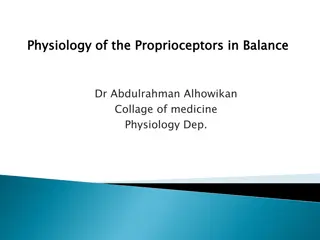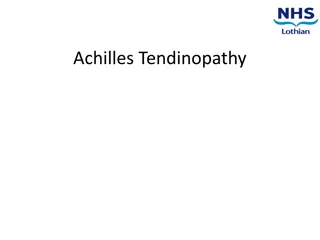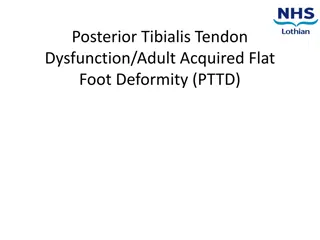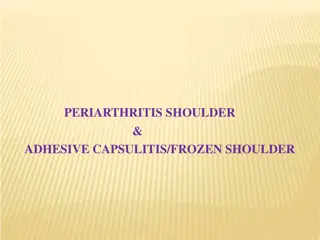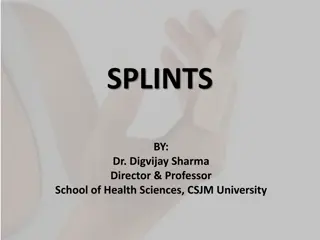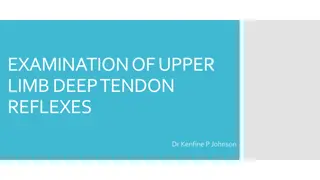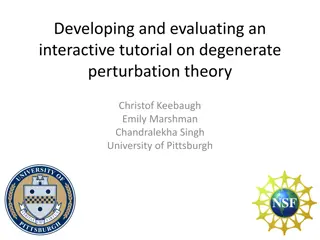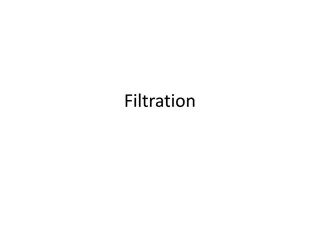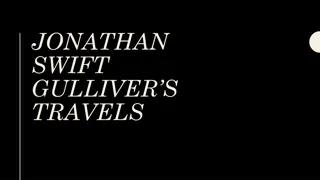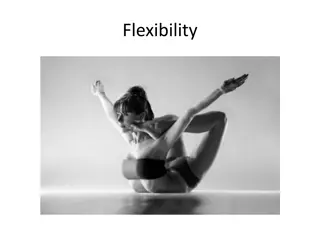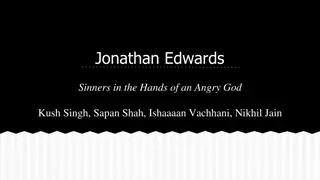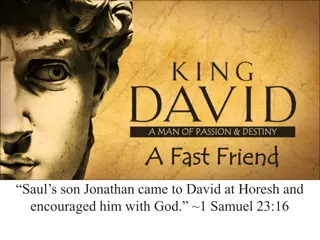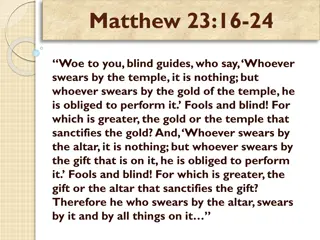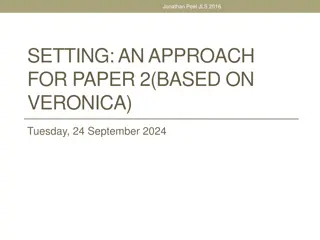Understanding Training, Straining, and Tendon Science with Jonathan Hodges, DPT
Develop a fundamental understanding of acute:chronic loading, the science behind tendon strains vs. tendinopathies, and best programming to reduce injury risk. Explore the impact of training variables, strains, tendinopathies, training volume, acute on chronic training loads, and establishing load parameters to maximize performance and minimize injury risks in sports science.
- Training Science
- Tendon Health
- Sports Injury Prevention
- Performance Optimization
- Exercise Physiology
Download Presentation

Please find below an Image/Link to download the presentation.
The content on the website is provided AS IS for your information and personal use only. It may not be sold, licensed, or shared on other websites without obtaining consent from the author. Download presentation by click this link. If you encounter any issues during the download, it is possible that the publisher has removed the file from their server.
E N D
Presentation Transcript
TRAINING, STRAINING, AND TENDON SCIENCE JONATHAN HODGES, DPT
OBJECTIVES Develop a fundamental understanding of Acute:Chronic Loading Establish the science behind tendon strains vs tendinopathies and related interventions Establish the best programming to reduce injury risk.
THE ISSUE WITH BIGGER, FASTER, STRONGER strength Playing Time Teams Practice Exposure power flexibility Better Architecture
TRAINING VARIABLES Volume (How Much) Intensity (How Hard) Time (How Long) Training history Acute bout Still Volume!
Strains and Tendinopathies are Both Training Injuries! How Much Stress Can An Athlete Take?
STRAINS AND TENDINOPATHIES Strains-Acute overload Inability to take intensity (more volume of intensity) Tendinopathy-Chronic overload Inability to take volume We Need Overload to Progress
TRAINING VOLUME Some Adaptation Not Overwhelming MRV No Adaptation Net Negative
ACUTE ON CHRONIC TRAINING LOADS Load of 1 Microcycle Average Load of the Previous 4 weeks Windt & Gabbett 2016
ACUTE ON CHRONIC TRAINING LOADS Blanch & Gabbett 2015 Drinking Drinking
ACUTE:CHRONIC Case Study Hamstring Strain 30 meters of sprints over 30 min workout (1.0m/min) Week 2-3: 750 meters/30min (25m/min) Re-Injured week 4
HOW DO WE ESTABLISH LOAD PARAMETERS? * External (Time) * Internal (RPE) * Time x RPE = AU (Arbitrary Units) Chronic Load is a ROLLING average of the previous 4 weeks. Keep Acute load under 1.5 x Chronic Load
ACUTE ON CHRONIC TRAINING LOAD (REALITY) Preseason Full Clearance Work Load Start of Season Return to Sport Off Season Rehab Time
ACUTE ON CHRONIC TRAINING LOAD (IDEAL) Preseason Full Clearance Work Load Start of Season Return to Sport Off Season Rehab Time
ACUTE INJURIES (STRAINS) Clear(ish) Diagnostic Criteria/Fuzzy Rehab and RTS
MUSCLE STRAIN (MOI) High Speed Running Biceps Femoris (~80%) Extensive lengthening High Kicking, Sliding tackle, Split Semimembranosis
ELLIOT ET AL 2011 10 Year NFL Strain Injury Rate
RATE LIMITING FACTORS (> 4 WEEKS RTS) VAS >6 Pain with ADLs >3 days 53% Sensitive 95% Specific Pop felt at injury Bruising >15 degrees ROM difference Tender to palpation Pain with isometric contraction Pain with passive SLR
REHAB Concentric Contraction MVIC Leg Curl SL Bridge Lunge Lunge 120.7% MH 99.3% BF 21.4% BF 18.1% MH
REHAB Eccentric Contraction MVIC Nordic Hamstring Nordic Hamstring Hip Hinge Hip Hinge 101.8% MH 71.9% BF 10.7% BF 11.6% MH
ECCENTRICS AS A PROTECTIVE EFFECT Petersen et al 2011 3.8 vs 13.1 per 100 player seasons NNT for acute injury 13 NNT for new injury 25 NNT for recurrent injury 3
CHRONIC INJURIES (TENDINOPATHY) Fuzzy Diagnostic Criteria/Clear(ish) Rehab and RTS
TENDINOPATHY Normal Tendon Regular Collagen Fibers Tendinopathic Disorganized Collagen Fibers Minimal Vascularity Vascularity and Nerves Spindle Shaped Tenocytes Round Tenocytes
TENDINOPATHY Xu, Y et al The Basic Science of Tendinopathy
TENDINOPATHY Cyclic loading Running Jumping Too many MetCons? Endurance athletes Dramatic increase in volume
TENDINOPATHY Cyclic loading causes tendinopathic changes! Increased angiogenic factors (VEGF) Increased matrix degradation (MMP family) Increased inflammation (IL-6, COX-2) Increased cell rounding Changes do not occur in entire Tendon!! Not Necessarily Symptomatic
Mechanically Compromised Tendon Optimized Load Optimized Load Unloaded Normal Tendon Adaptation Excessive Load Individual Factors Excessive Load Modified Load Strengthen Reactive Tendinopathy Degenerative Tendinopathy Reactive on Degenerative Tendinopathy
ABSOLUTE REST? Causes tendon degradation Decreased Musculotendinous Strength Screws up Kinetic Chain Decreased Neuromuscular Performance
THE CONTINUUM Return to Sport/Risk Reduction Recovery Time Pain
HEAVY SLOW RESISTANCE TRAINING First establish irritability Traditional Alfredson Protocol (3x15) used on untrained patients. HSR: 3-5 second concentric and eccentric contraction Decreased time compared to eccentric protocols Progressive Loading Beyer Protocol: 3x15 rep max (RM) week 1 3x12 RM weeks 2 and 3 4 x10 RM weeks 4 and 5 4x 8 RM weeks 6 to 8 4x6 RM weeks 9 to 12 2-3 min rest between sets RPE of 8 on last 2 reps
REDUCTION OF RELATIVE RISK OF INJURY Strain risk reduction Need to warm up to the season and the session Strength train (Eccentrics) Think of intensity (especially volume of intensity) as a math problem Tendinopathy risk reduction Think of volume as a math problem STRENGTH TRAIN
HEAVY SLOW RESISTANCE TRAINING Increased anaerobic threshold (Weyand and Bundle) Increase hamstring CSA (Every resistance training study ever) Increased growth hormone (Doessing et al 2010) Collagen synthesis Increased fibril density (Kongsgaard et al 2010) Increased endostatin (Pufe 2005) Decreased angiogenesis



